Cupping is a traditional healing practice that has gained widespread popularity in recent years. This alternative therapy involves placing glass or silicone cups on the skin to create suction, which is said to promote healing by increasing blood flow and stimulating the body’s natural healing processes. Cupping has been used for centuries in many cultures around the world to treat a variety of conditions, from musculoskeletal pain and respiratory issues to anxiety and depression. In this article, we will explore the history and benefits of cupping, as well as the different types of cupping techniques and what to expect during a cupping session. Whether you are a seasoned cupping enthusiast or simply curious about this ancient practice, this article will provide valuable insights and information to help you make informed decisions about incorporating cupping into your health and wellness routine.
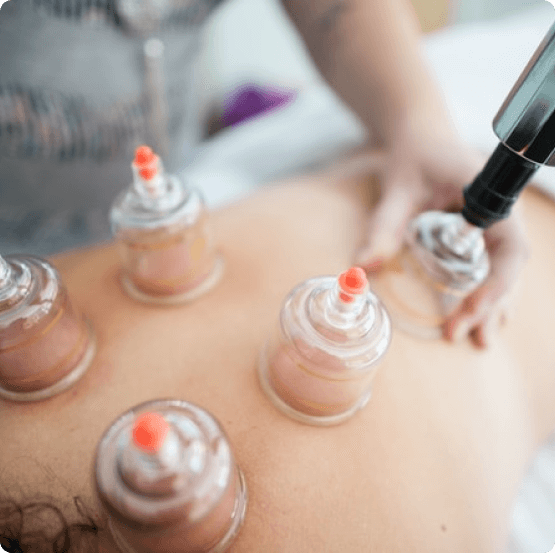
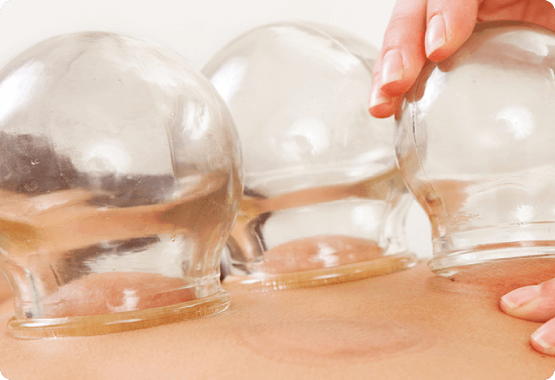
Cupping has been reported to provide a variety of health benefits, including:
While cupping has been reported to provide many benefits, it is important to note that it may not be appropriate for everyone and should be performed by a qualified practitioner. If you are considering cupping, be sure to consult with your healthcare provider first to ensure that it is safe for you.
While cupping is generally considered a safe practice when performed by a qualified practitioner, there are some potential risks and side effects to be aware of:
It is important to discuss any concerns or medical conditions with a qualified practitioner before trying cupping. They can help you determine if it is a safe and appropriate treatment option for you.
Cupping may be considered as a treatment option for a variety of conditions, including:
If you are considering cupping, it is important to first discuss your health concerns with a qualified healthcare provider to determine if it is a safe and appropriate treatment option for you. Additionally, cupping should always be performed by a qualified practitioner who has received proper training and has experience in providing this therapy.
Cupping therapy works by creating suction on the skin, which can help increase blood flow to the affected area, reduce inflammation, and promote healing. During a cupping therapy session, the practitioner places cups on the skin using heat, suction, or a combination of the two.
The suction created by the cups can help pull blood and other fluids towards the surface of the skin, which can help reduce swelling and promote the healing process. This suction can also stimulate the body’s natural healing response, which may help relieve pain and improve overall health and well-being.
Cupping therapy may also have an effect on the nervous system, helping to stimulate the release of endorphins and other feel-good chemicals that can promote relaxation and reduce feelings of stress and anxiety.
Overall, cupping therapy is thought to work by creating a temporary microtrauma to the skin, which can help trigger the body’s natural healing response and promote overall health and well-being.
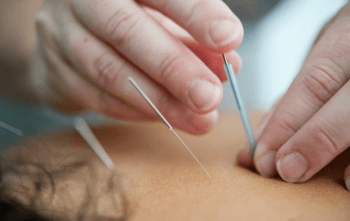
Helps the body to find the natural balance through self healing.
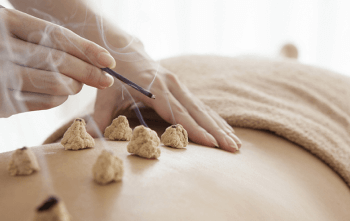
Traditional Chinese Medicine treatment using a Chinese herb called Moxa.
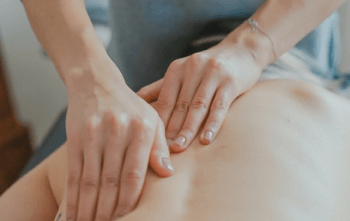
A deep remedial massage to reduce pain and enhance your healing process.
We are experts thru the field and we profide the following to our patients/clients:
© 2020 Tong Ren Tang. All right reserved | Designed by Adnika
We are experts thru the field and we profide the following to our patients/clients: